
Research & Conservation
Explore More
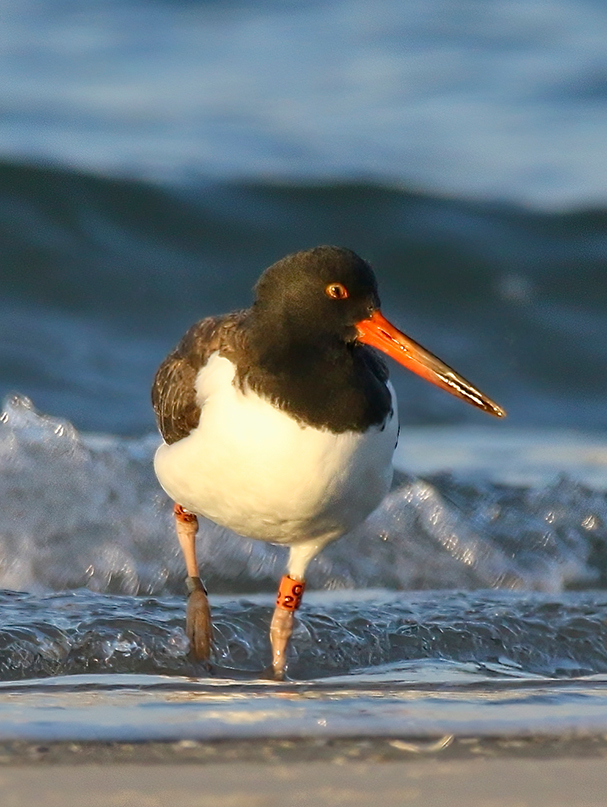
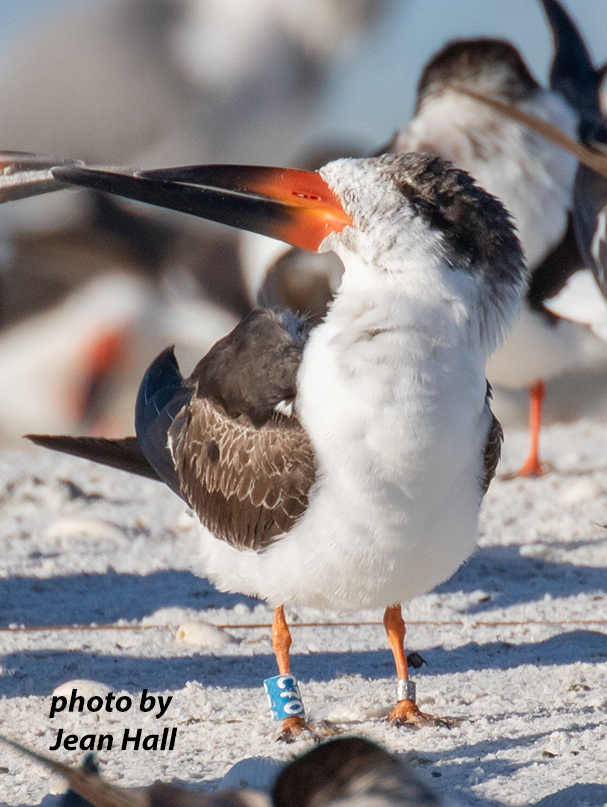
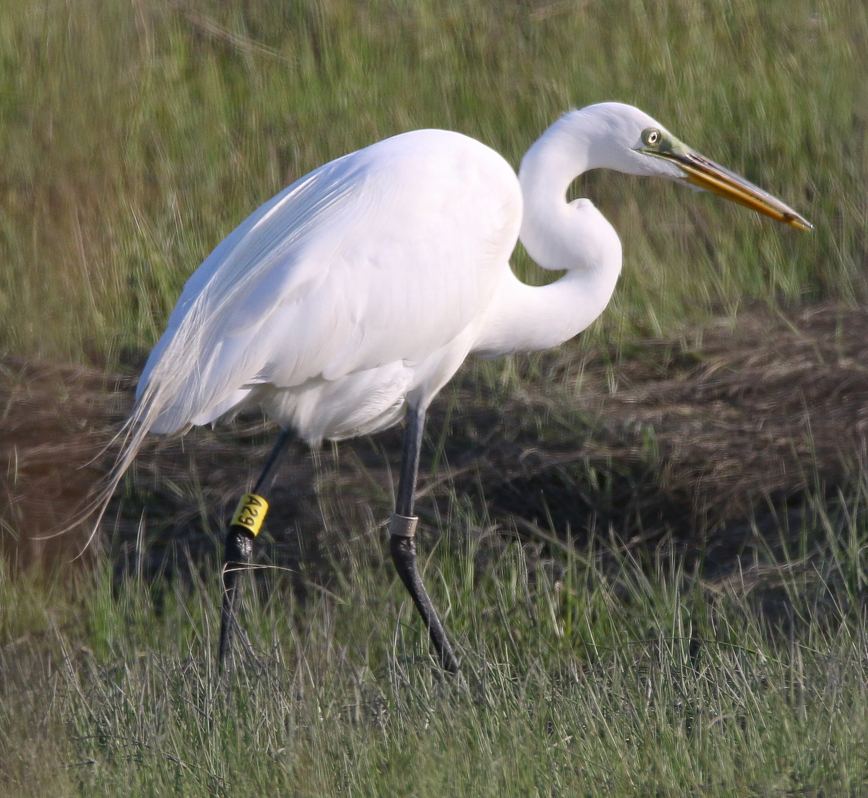
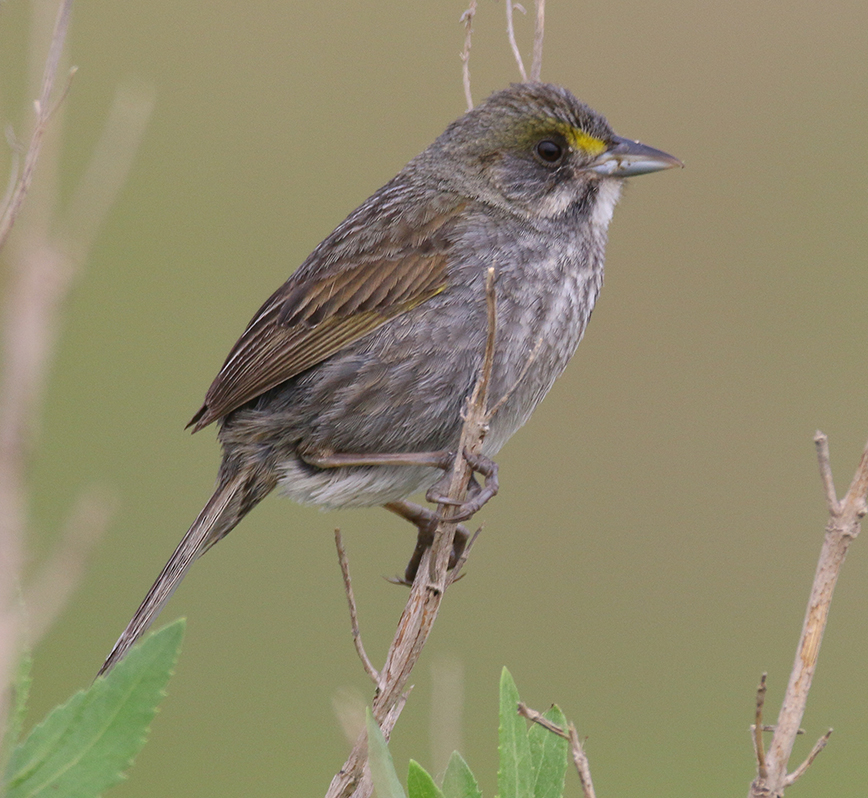
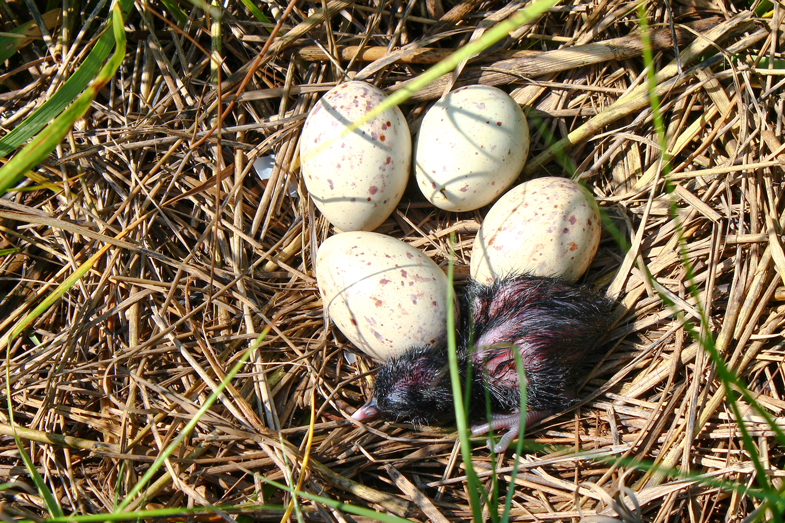
Coastal birds include avian species that have a distinct preference for wetlands and shorelines along oceans and bays, as well as areas near inland waterways and marshes. Whether they stay local or undertake marathon, hemisphere-spanning migrations, these species rely on specific habitat and food resources to survive. Over the past few decades, many coastal bird species have been experiencing population declines range-wide. They face a litany of threats throughout their range, including human disturbance, habitat loss and degradation, increasing predation, and impacts associated with climate change and sea level rise. As these threats overlap and continue, they limit the availability of and accessibility to resources these birds need to survive and successfully reproduce, which can push already stressed populations to the brink.
Beach-nesting Birds
The Wetlands Institute’s Coastal Bird Program studies and conserves sensitive beach-nesting bird species like American Oystercatchers and Black Skimmers in the marshes and on the beaches of southern New Jersey. As a part of this initiative, our staff monitor survival rates, movement patterns, and habitat use throughout the region. We also collaborate with federal, state, and local agencies and other partners to oversee shorebird stewardship programs and monitor efforts to address conservation needs for wildlife on the Atlantic and Delaware Bay coasts of southern New Jersey. More recently, our staff has been engaged in several projects to enhance and improve nesting habitat for beach-nesting birds and other nesting species.
Wading Birds
Wading birds have long been a focus of research at the Institute. Our recent work centers around surveys and monitoring of these birds in both natural and restored habitat throughout the Seven Mile Island Innovation Laboratory (SMIIL) study area – particularly Sturgeon and Gull Islands. These two marsh islands together host the largest nesting concentrations of wading birds in New Jersey, and include species like Black-crowned Night-Heron, Snowy Egret, Glossy Ibis, and Great Egret.
Secretive Marsh Birds
The Institute has been conducting habitat and avian use surveys and searching for secretive marsh bird nests in focal study areas for many years. In 2021, the Institute’s research team developed a standardized protocal to survey and monitor these reclusive birds within the SMIIL area. Due to their overall nature and inaccessibility, secretive marsh birds – like like Clapper Rail, Seaside Sparrow, and Saltmarsh Sparrow – are some of the most under-studied birds in the state. They are also highly at risk of major population disruption through sea level rise and loss of vital marsh nesting habitat.
Future Goals
Moving forward, Wetlands Institute scientists will continue monitoring our sensitive coastal birds, studying their habitat use and requirements, and working with partners to understand how they respond to habitat restoration or enhancement efforts. Coastal habitats are rapidly changing, and the work of our Coastal Bird Program is providing critical contributions to the knowledge and actions we need to take to conserve them.
Explore More
Join or Renew
Membership connects you with the wetlands and helps sustain our lifesaving work. Become a member or renew your support today.
